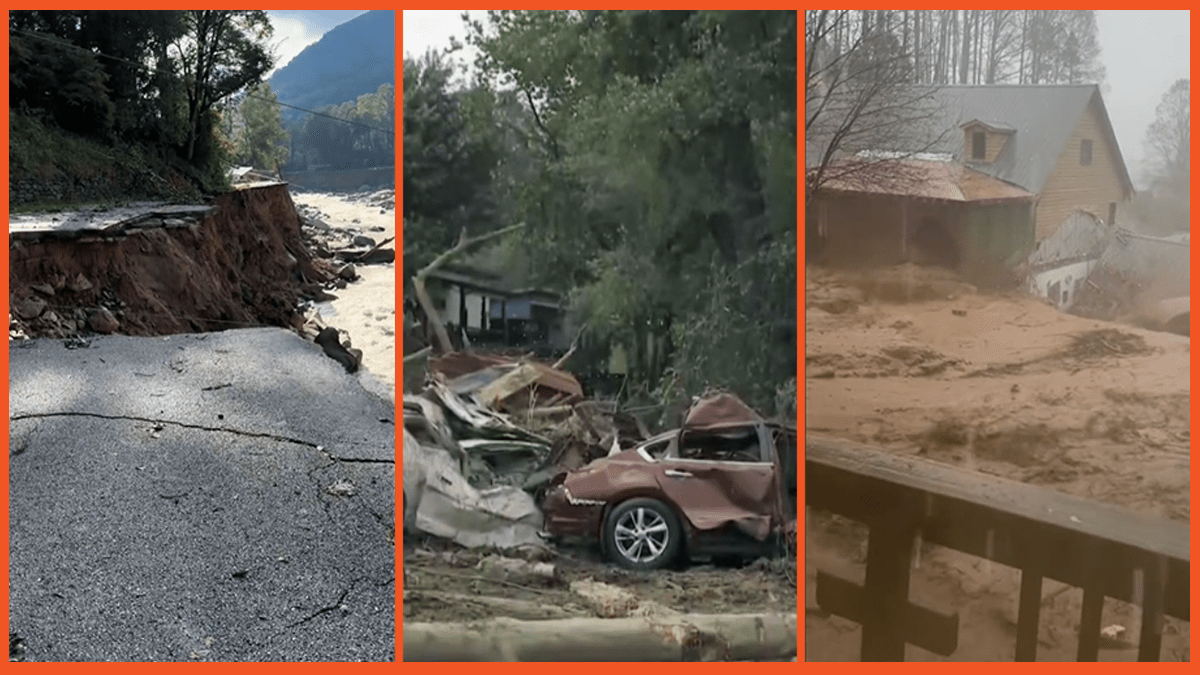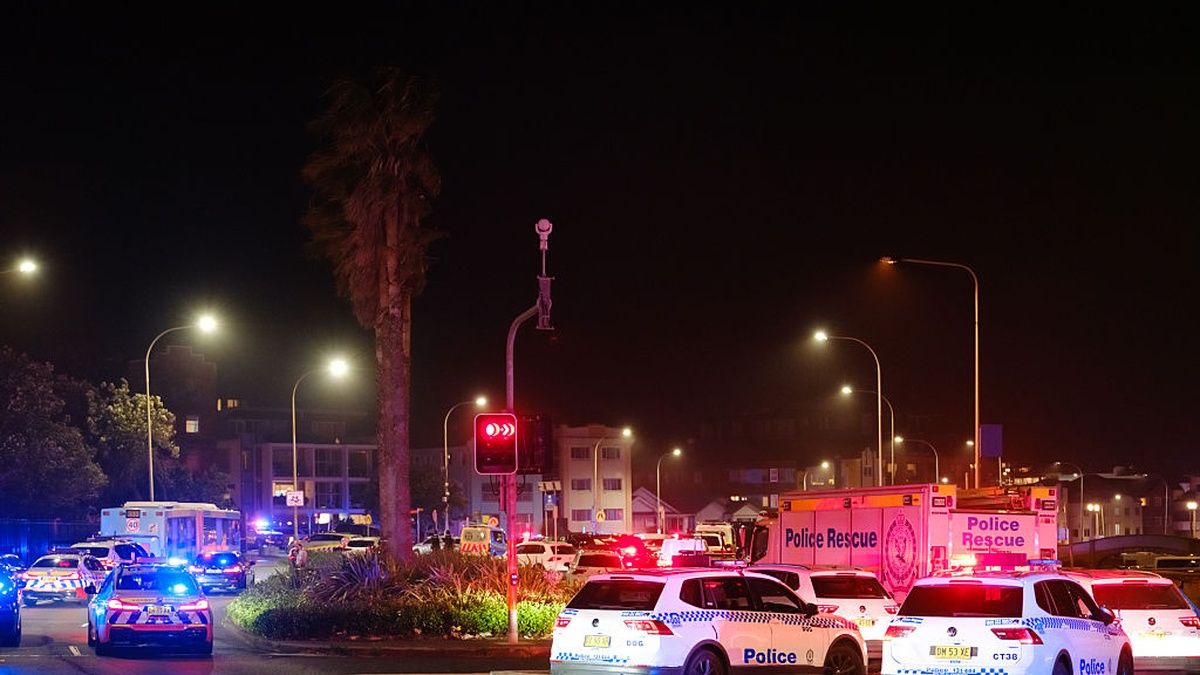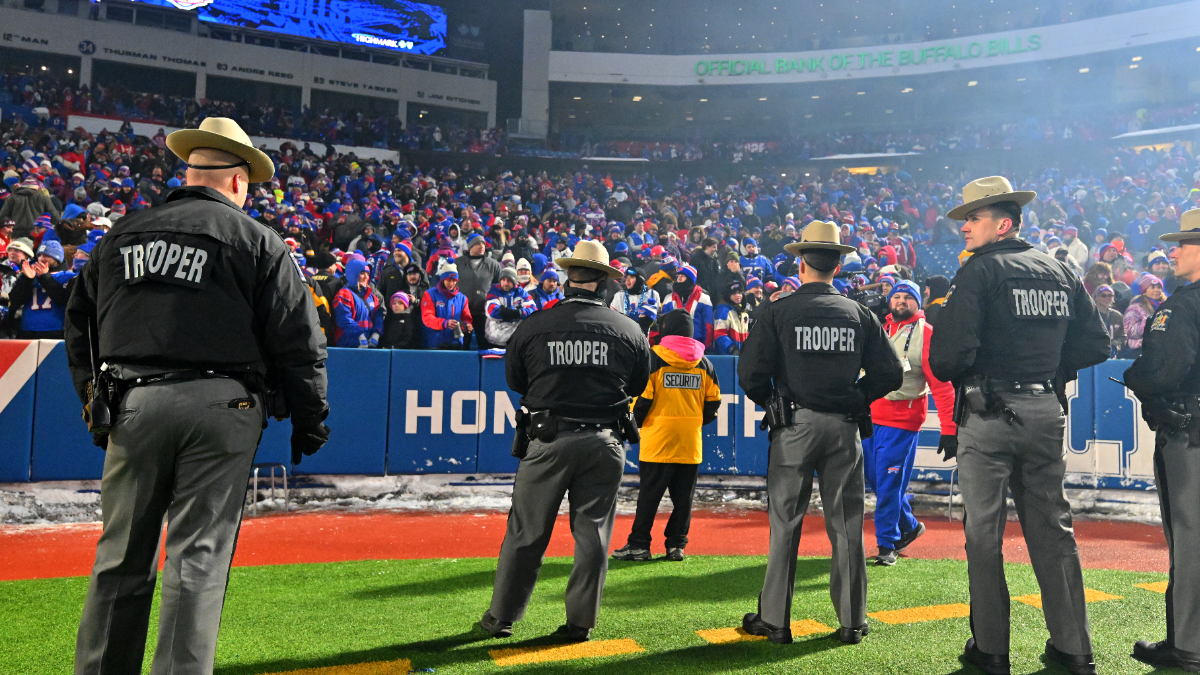Hurricane Helene rocked five states to their core in Sept. 2024, quickly emerging as one of the deadliest storms to ever hit a United States coastline.
The storm is being called a harbinger, rather than an outlier, establishing a baseline of destruction for the coming years. As Hurricane Milton clips right behind, those on the East Coast can only pray as airplane ticket prices skyrocket and hotels charge exorbitant fees to those trying to escape the storm’s path.
Hurricane season has provided ample talking points for both sides, with President Joe Biden decrying House Republicans’ refusal to reconvene for disaster relief and Republicans blaming Democrats for literally “controlling the weather.” The storm has unfortunately become the primary talking point ahead of the 2024 election between Biden and Donald Trump, and experts are warning that if Trump wins the toss up, hurricane disasters will increase – and it’s all laid out in the Conservative manifesto Project 2025.
Trump has insisted that he’s unaffiliated with the document, but that’s hard to believe given that many of his administration’s former officials were involved in its creation. The document, which lays out much of the conservative agenda for a second Trump presidency, calls for drastic “breaking up and downsizing” of the National Oceanic and Atmospheric Administration (NOAA). Project 2025 pinpoints the agency as a part of the “climate change alarm industry” and claims the agency’s research is “harmful to U.S. prosperity.”
Yes, it appears Trump’s team would rather nuke the agency for pushing propaganda without acknowledging the integral role it plays in natural disaster preparation. NOAA and the National Weather Service (NWS) are the front lines for analyzing hurricane patterns and other extreme weather events, and they have been studying the effects of climate change since the 1870s. But, at least under Republican logic, if no one is studying a phenomenon, it ceases to exist.
The Guardian reports that the scientists behind the agency are more than worried about a Trump presidency – and not just because their jobs are on the line. Project 2025 aims to privatize the weather forecasting business, and according to a former NOAA official, the proposal would be disastrous. “The primary motivation of a business is profit, and do you really want to have things like severe weather forecasts for things like a massive storm be driven by a profit?”
NOAA and the NWS aren’t the only organizations headed for the chopping block. 2025 also targets the Federal Emergency Management Agency (FEMA) and aims to gut its federal flood insurance program. It’s the country’s top flood insurance provider, and in many areas (including where my home is located, some 800 miles from the coast) it’s the only source of flood insurance. Even considering shrinking the disaster aid has experts warning of imminent disaster.
“It would result in greater suffering, more complicated responses and greater risks across the country,” Samantha Montano, an expert in emergency management at Massachusetts Maritime Academy, told The Guardian. Downsizing the agency would mean less preparation time, less relief, and higher death tolls.
The NWS decides where to send first responders, how to warn residents of upcoming storms, and how to categorize them based on years of climate change data, and all of this is provided to the public for free. Some emergency responders in Helene’s path have “regret” following their failure to heed the NWS alerts. Counties that received mandatory evacuation orders may have returned to destroyed neighborhoods, but at least the alert managed to save lives.
Project 2025’s approach leaves ample cracks for the poor to fall through in the event of emergencies. Under the plan, alert systems lose much of their life-saving power. In the aftermath of tragedy, FEMA would have little to offer victims. The plan puts more power in the hands of state and local governments, who historically rely on federal funding in the wake of a crisis. FEMA currently covers 75% to 100% of disaster costs once requested, but under the new plan, that gets cut to a measly 25%-75%.
Hurricane Katrina cost between $108 and $125 billion in damages – roughly the GDP of Florida – and that’s not counting lost wages, homes, and jobs. To put it lightly, most states would collapse under the cost of rebuilding their infrastructure. “The states couldn’t afford the costs associated with rebuilding roads, bridges and other infrastructure, let alone have funding for individuals and businesses,” Montano said.
The soil of the East Coast is still wet with the waters of Hurricane Helene, and Milton is right on its heels. Private insurance companies, who regularly deny flood insurance by region, are pulling out of coastal areas. The rise of unprecedented storms is becoming our reality. Whether or not the Trump administration and the authors of Project 2025 want to believe it, programs like FEMA, NOAA, and the NWS are needed now more than ever.















Published: Oct 8, 2024 01:09 pm